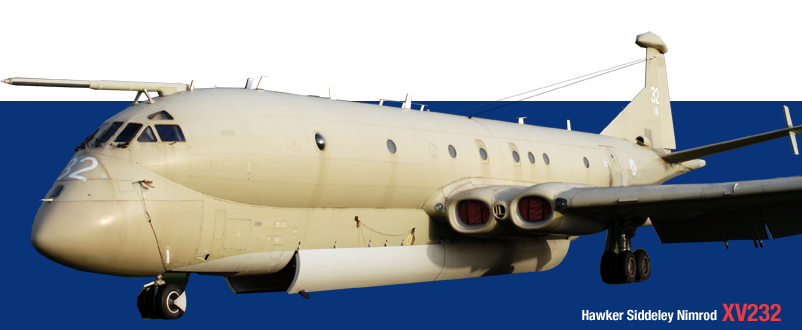
G-AMSV Returns to Coventry
An old friend returned to Coventry yesterday when G-AMSV, in her striking Indian Air force livery, landed here for extensive maintenance by our engineers. Sierra Victor was part of the Air Altantique fleet here for many years. She'll...
Baginton Air Pageant
The initial details for the Baginton Air Pageant are up on the website! As we don't have the space for a full-on air show attracting 20,000 or so people, we're aiming for low-key, themed days like this. A couple of thousand people,...
Newquay Pleasure flights
We promised we'd be back to fly in Cornwall, and here we are. We'll be heading south with a Rapide and Chipmunk to spend a week at Newquay from 25th July, with a further visit planned in August. The flights are bookable in the normal...
New Dakota Book
Geoff Jones just told me that his new book on the DC-3, released to celebrate the 80th anniversary of the Dak's appearance, is now available. The cover sports a lovely shot of G-ANAF, shot by Simon Westwood before her radome goiter was...
Nimrod Engine Run
We've just confirmed plans by NPT to run all four of the Nimrod's Rolls-Royce Speys on Saturday 9th May. We expect the thunder to start just after lunchtime. Come along and enjoy some audio power - and please dip into your pockets...


Look carefully at the Nimrod and you'll see echoes of the dawn of jet propulsion. It's based on the de Havilland Comet, the world's first jet airliner.
Once its initial problems with structural failure were solved, the Comet had proved itself a dependable aircraft, and when the RAF needed a replacement for its fleet of aging Shackletons, the pioneer airliner presented a sound basis for development of the new machine.
Intended as an anti-submarine warfare platform, the Nimrod carried a huge bank of detection equipment in addition to a large internal weapons capacity. It was also equipped for action against surface vessels and its long endurance and powerful detection equipment made it an excellent search and rescue aircraft.
The Nimrod's true function was a close-guarded secret throughout the Cold War. It was referred to as a Radar-Calibration platform, though it's unclear whether the deception ever convinced anyone!
Early acceptance of the Nimrod was slow on its introduction in 1969. The Shackleton was old, notoriously leaky in wet weather, and extravagantly noisy in flight, but its crews loved its reliability and undeniable soul. The newcomer was undeniably faster and more comfortable, but its initial equipment was identical to the "Shack's". But over time the giant hunter demonstrated a spirit just as indomitable, and its larger size and heavier payload allowed an ever-improving fit-out of equipment and facilities.
The word "giant" isn't used lightly. The Nimrod may be significantly smaller than, say, a Jumbo Jet, but its presence on the ground is incredibly impressive. Inside there's "office space" for a crew of more than 25 aircrew and technicians, as well as the living quarters and facilities to allow them to live comfortably on board for long missions.
Despite its early jet-age origins, the Nimrod was still entirely current well into the 21st century. An extensively updated version, the Nimrod MRA4, was planned for development but was dogged by cutbacks and cost over-runs. The project was finally cancelled and the Nimrod has been slowly phased out. The last one was retired from service in 2011.
At the time of writing, no decision has been made on a replacement for Nimrod, the mighty hunter.

